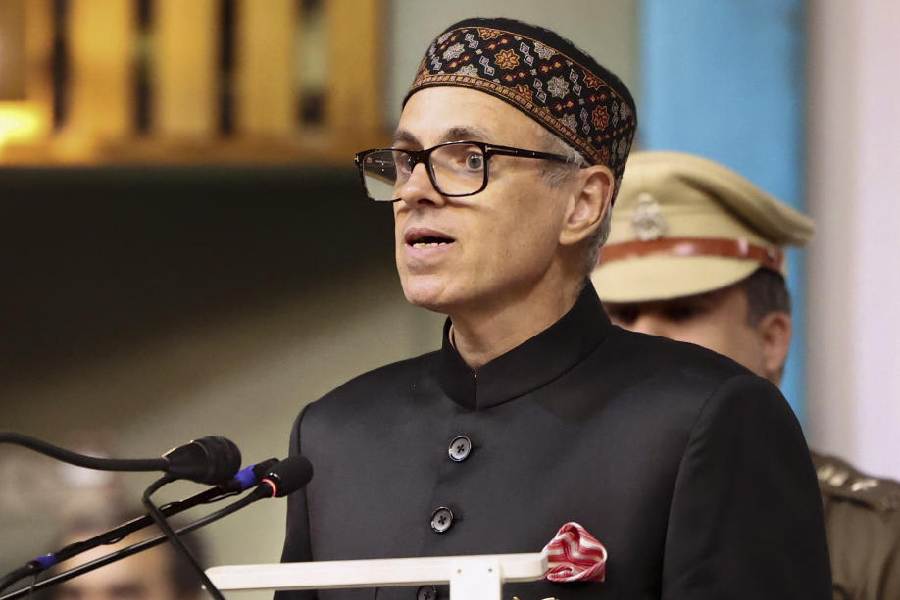In the players’ auction of the inaugural Women’s Premier League, 87 women cricketers were bought by the five franchises for a sum total of 59.50 crore rupees. The Indian opener, Smriti Mandhana, drew the highest bid at Rs 3.40 crore. Although the WPL has challenged the age-old myth that few entrepreneurs are ready to invest in women’s cricket the way they do for men, some glaring gaps remain. The most expensive pick at last year’s Indian Premier League — the English all-rounder, Sam Curran, drew a bid of Rs 18.5 crore. This gap between men and women cricket stars begs the following question: does the WPL have the potential to do for women’s cricket what the IPL did for men’s cricket in India? The answer need not be a negative. The Board of Control for Cricket in India must be lauded for equalising the match fee for both men and women players. However, women’s collective match earnings are still not anywhere close to those of the male players. One reason for this is that they do not play as many matches as the men. Another is that their annual retainers are a small fraction of their male counterparts. Auction prices at the IPL have been driving up the retainers of male cricketers; the WPL, it is to be hoped, would do the same for women cricketers. Each team in the WPL will comprise 18 players, with a maximum of six overseas cricketers in the squad. That means 12 of them would be domestic players. The WPL could potentially serve as the launching platform for a wider pool of women cricketers. Given its relatively deep pockets, the WPL could also encourage more Indian women to join the game. This could have profound social and economic benefits. With the broadcast deal for the WPL sold for an astronomical Rs 961 crore, the deficit in visibility of the women’s game is expected to fall. Greater visibility could charter dedicated public support, which, in turn, can give women’s cricket and its finances a further boost.
There is another gap that the WPL must hope to fill. If women are to look at the sport as a rewarding career, cricket administrations must cede more space to them after their on-field careers are over. Greater representation of women in decision-making bodies is needed not only as a bulwark against harassment but also to meet the specific needs of women players.










